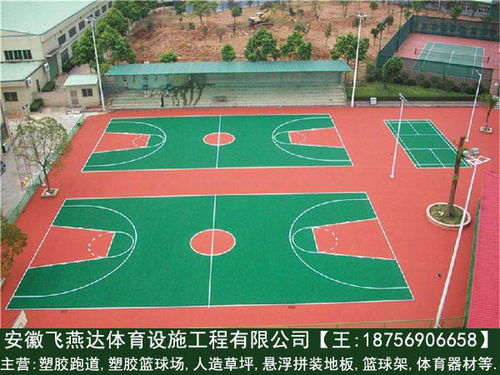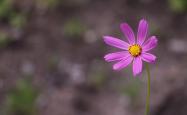国风场景图
Title: Embracing Tradition: Designing a ChineseInspired Basketball Court
In recent years, the fusion of traditional Chinese culture with modern architectural design has become a captivating trend, not only in China but globally. One fascinating application of this fusion is the design of basketball courts that seamlessly integrate elements of Chinese culture, known as "国风" (Guófēng), meaning "national style" or "national essence." Let's delve into the key aspects and considerations when designing a "国风" basketball court.
1. Cultural Symbolism Integration:
Embracing the essence of Chinese culture involves incorporating symbolic elements into the court's design. This could include traditional motifs like dragons, phoenixes, lotus flowers, or patterns inspired by Chinese calligraphy and landscape paintings. These symbols not only add visual appeal but also imbue the court with cultural significance, fostering a sense of pride and connection among players and spectators alike.
2. Architectural Harmony:
A successful "国风" basketball court design harmonizes traditional Chinese aesthetics with modern architectural principles. This involves careful attention to proportions, symmetry, and materials. For instance, integrating curved rooflines reminiscent of traditional Chinese architecture or using materials like wood and bamboo can evoke a sense of historical continuity while providing a visually stunning backdrop for the game.
3. Color Palette:
Colors play a crucial role in conveying the spirit of Chinese culture. Opting for a color palette inspired by traditional Chinese art—such as deep reds, vibrant yellows, and rich blues—can evoke feelings of prosperity, energy, and harmony. Moreover, incorporating color schemes associated with the five elements (wood, fire, earth, metal, water) adds layers of meaning and depth to the court's design.
4. Feng Shui Considerations:
In Chinese culture, Feng Shui principles are deeply ingrained in architectural design, aiming to create harmonious environments conducive to health, prosperity, and wellbeing. When designing a "国风" basketball court, considerations such as site orientation, the flow of energy (qi), and the arrangement of space should be taken into account to ensure a positive and balanced atmosphere for players and spectators.
5. Community Engagement:

Beyond its aesthetic appeal, a "国风" basketball court should serve as a community hub, fostering social interaction and cultural exchange. Incorporating seating areas, landscaped gardens, or pavilions inspired by traditional Chinese teahouses can encourage people to gather, relax, and engage in activities beyond basketball, promoting a sense of belonging and unity within the community.
6. Sustainable Design Practices:
Integrating sustainable design practices into the construction and maintenance of the court reflects a commitment to environmental stewardship—a value deeply rooted in Chinese philosophy. Utilizing ecofriendly materials, incorporating energyefficient lighting, and implementing watersaving landscaping techniques not only reduce the environmental impact but also align with the holistic principles of balance and harmony.
In conclusion, designing a "国风" basketball court is a multifaceted endeavor that requires a thoughtful blend of cultural sensitivity, architectural ingenuity, and community engagement. By embracing the rich heritage of Chinese culture and infusing it into the design, these courts not only serve as venues for athletic competition but also as symbols of pride, identity, and cultural exchange.









